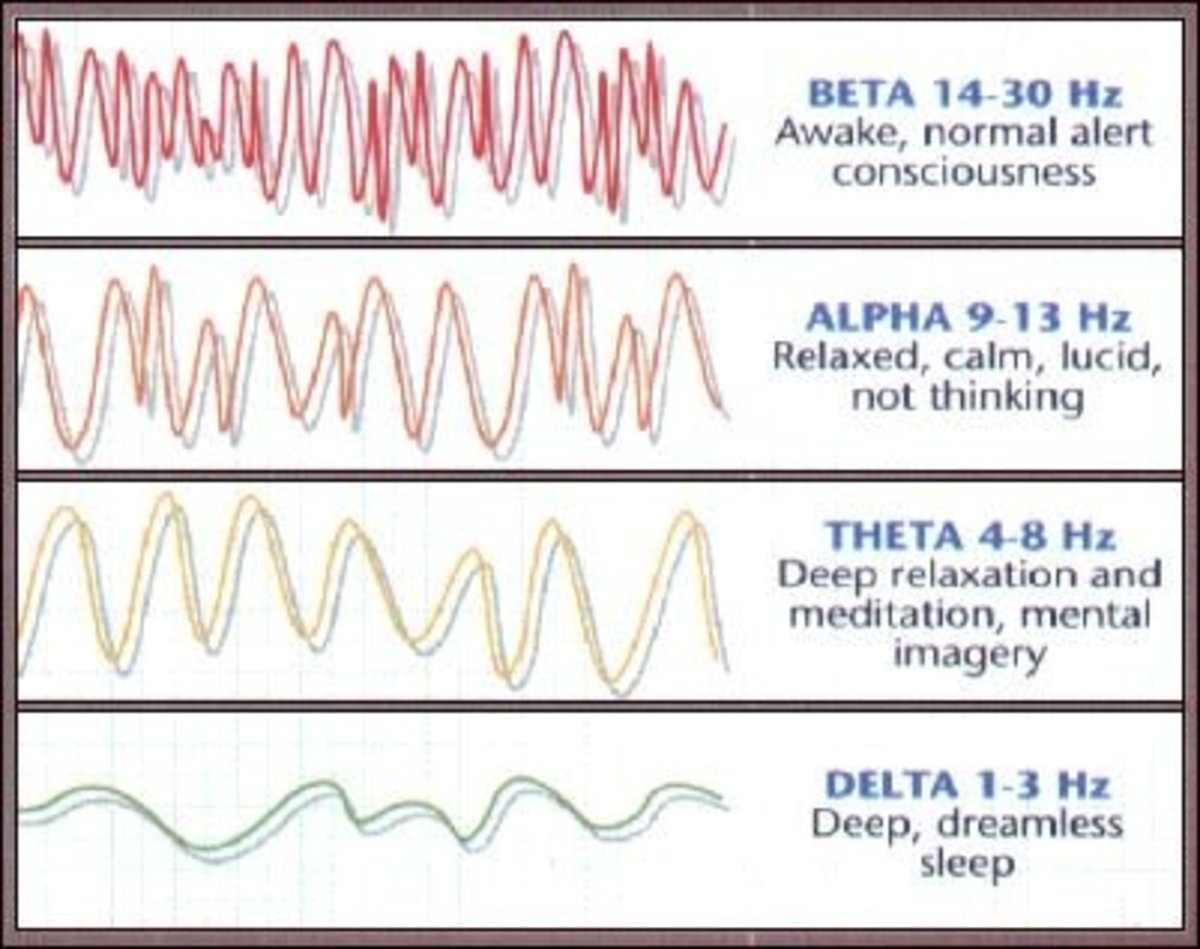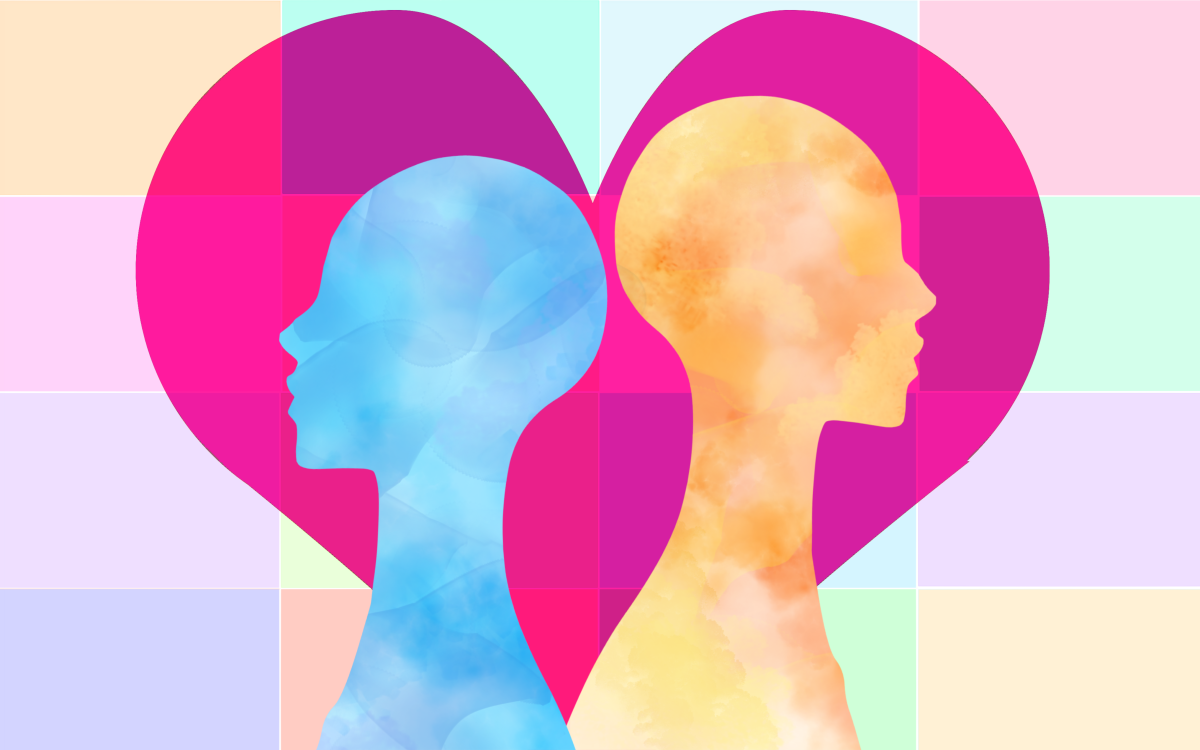Synaesthesia: An Exotic Sensory Condition of The Human Brain
What is Synaesthesia?
Anyone out there has ever 'heard colours', 'tasted numbers', 'smelled feelings', 'seen fragrances' or 'felt shapes'? It comes across as an assortment of senses and you may be thinking that I'm playing with words, trying to intertwine the five human senses, so let me clarify it further.
For example: When you see a number 4 written in black on a white background, do you see a vivid red colour? When you hear the tune of a flute, do you feel embarrased? When you touch the surface of a silk cloth, do you experience a salty taste in your mouth? When you read the word "elephant" in a book, do you hear the note of C-sharp? When you taste something sweet, do you see a flash of blue?
If you experience such an exotic condition of mixed senses, you are a synaesthete (synesthete) and this unique sensory state is called synaesthesia (synesthesia). The word syn-aesthesia means "joined perception" [syn (joined) - aesthesia (sensation or perception)].
Synaesthesia
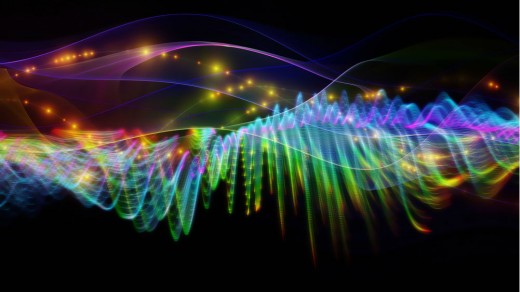
Watch out: Do not misunderstand!
- You're not imagining or making an effort to associate colours to numbers or sound to colours or texture to feelings etc.
- You're not visualising the second senses in your mind's eye.
- You're not under the influence of alcohol or drugs and you're not hallucinating.
- You're not being metaphoric, such as saying 'loud colours'; we do feel some colours are loud which actually means they are too dark or conspicuous and not befitting the place, age or occasion etc.
YOU ARE ACTUALLY PERCEIVING both the senses outside your body; means you literally see the colour orange flash in front of you as you see the number 8 (in black and white). You know it's written in black on a white background but you do see the orange vividly.
SYNAESTHESIA is real, as has been proven scientifically and anyone who possesses any of these attributes is considered to have a 'gifted mind'.
Synaesthesia: Concoction of senses
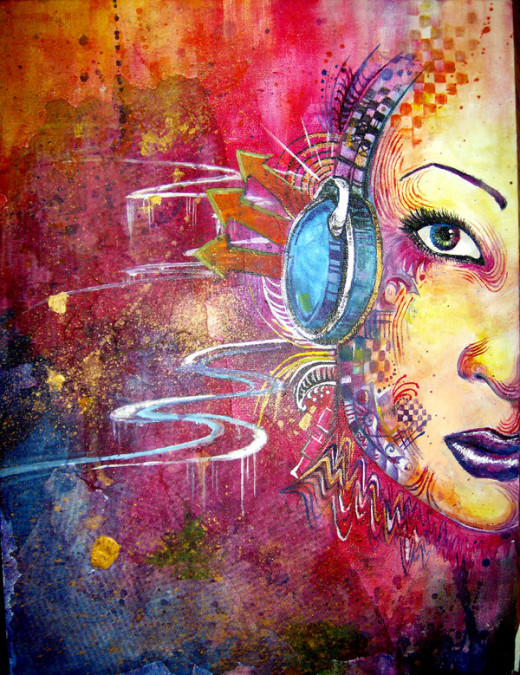
Some striking features and statistics of synaesthesia
- One out of 2000 people experience synaesthesia.
- The most common type experienced is number-colour synaesthesia; other types may include sound-colour, shape-colour, texture-emotional feelings etc.
- Globally, there are more female synaesthetes than their male counterparts.
- A lot of creative people have been found to be synaesthete, for example:
Vladimir Nabokov (Russian writer); Richard Feynman (Physicist); Helene Grimaud (French pianist); Vasily Kandinsky (Painter); Olivier Messiaen (Composer); Charles Baudelaire (Poet).
However being a synaesthete is not the necessary and sufficient condition for being creative and artistic; anyone who does not experience synaesthesia, can definitely have a high-level creative mind; at the same time, research shows that there is some link between this exotic state of human brain and creativity/eccentricity.
5. It is a genetic condition, often inherited from parents.
6. Synaesthesia is experienced from early childhood, when the kids think that everyone experiences the same conditions as them; as they grow and realize that their sensations are different from normal, they usually prefer to hide to avoid being ridiculed.
7. This condition is consistent, so no one can fake it. For example, anyone who sees a blue along with the number 5, will always see blue with the same number whenever you ask, and see a different colour or a hue with a different number. They can differentiate the numbers not only by the concept of numbers but also by the different colours they see.
The sensory areas in the brain
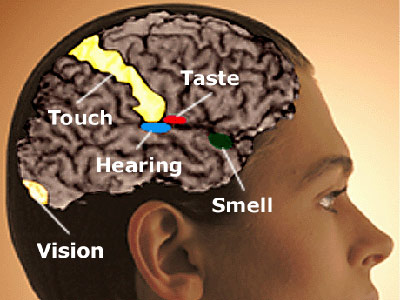
Books on Synaesthesia
The science behind synaesthesia
We all are born as synaesthetes. During infancy, our brain is a dense overproliferation of billions of neural circuits and different sensory areas (visual, auditory, touch, olfactory, taste) are intricately connected by innumerable neurons and synapses, enabling cross-talk between these areas. As the brain develops, the connections which are minimally used are 'pruned' and the ones which are the most used are strengthened. Maximum pruning takes place at the onset of puberty in human beings. However, in synaesthetes, this pruning of neural pathways gets inhibited by a mutated gene and hence, connection between two different sensory areas remain intact, allowing cross-activation.
For example: In normal people, when we see a number 8 written in black ink on a white paper, the retina sees the image and sends neural signals to the visual cortex at the back of the brain. We perceive it as number 8 and understand it on the basis of the learnt concept of numbers. On the other hand, when a number-colour synaesthete sees the number 8, although he/she is aware that it is black and white, he/she still sees a flash of a specific colour. In their case, the neural signals from the retina not only reach the visual cortex of the brain, they also can cross-talk with the colour centre of the brain (the major colour centre is known as V4 region in the brain atlas) and that creates an additional effect of mixed sensation.
Similar phenomena occurs in other types of synaesthesia as well. For instance, in sound-colour synaesthete, the cross-wiring is between the hearing area and colour centre of the brain; in texture-feeling synaesthesia, the connections are between the touch centre and insula (which maps internal feelings) of the brain and so on.
Synaesthesia
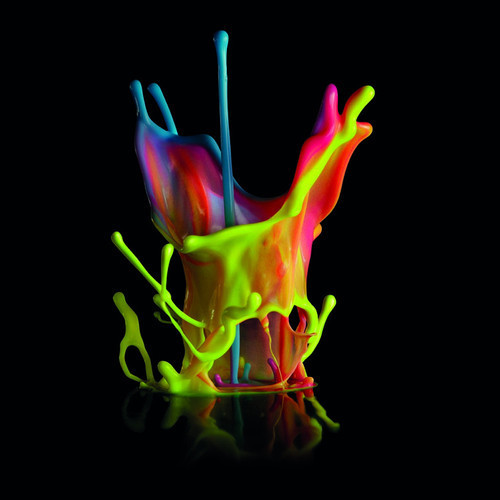
Other variations of synaesthesia
- Some synaesthetes also see colours with the days of the week or months of the year, most probably because the link is between their colour centre and the sequencing of number centre (angular gyrus in the brain atlas).
- One synaesthete could see distinct shapes with each number and when asked to multiply or divide two numbers, he could see mixing of two shapes and immediately could see the shape associated with the answer, thus his brain could compute very fast.
Books on synaesthesia by Dr. Richard Cytowic
Researchers in synaesthesia
Synaesthesia is relatively an young and interesting area of research in neuropsychology or neuroscience and the scientists who are actively involved in studying this phenomenon are: Richard Cytowic; Baron-Cohen; V.S. Ramachandran, Ed Hubbard, Jamie Ward; Julia Simner and Jason Mattingley to name a few.
Source: The Tell-Tale Brain by V.S. Ramachandran
In closing:
Scientists have only arrived at partial answers to a lot of questions which can come to our minds and about more than a dozen books have been written on synaesthesia. Nevertheless, people who experience this condition are considered to be 'gifted', as they experience a higher-order concocted sensations, which might pose difficulties in some trivial areas (reading etc.), but give them an edge in creative and abstract thinking. So anyone who realizes the condition does not want to get cured, this is not a disease, rather they can use this exceptional sensory state of mind to their advantage, such as fast computation or extraordinary memory power etc.
So, if you are or anyone you know is a synaesthete, cheers!






